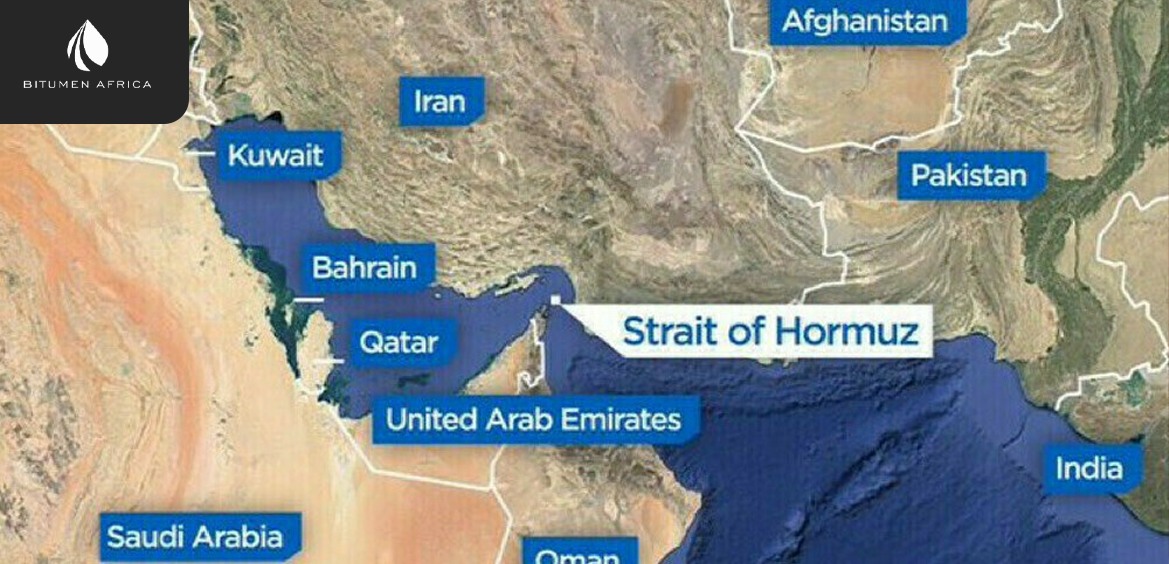The Strait of Hormuz is one of the world’s most critical and vulnerable energy chokepoints, responsible for the transit of nearly 20% of global oil and a significant portion of liquefied natural gas (LNG). Following recent U.S. airstrikes on Iranian nuclear facilities, the Iranian Parliament voted to close this key maritime corridor, signaling a potential major disruption to global energy markets. Although the final decision lies with Iran’s Supreme National Security Council and previous threats have not been acted upon, this move marks a serious escalation in tensions.
The U.S. strikes on June 21 targeted nuclear sites in Iran, marking the most significant U.S.–Iran confrontation in over a decade. Despite President Trump’s call for peace, Iran’s parliament responded swiftly by voting to close the Strait, which the U.S. and other nations view as economic suicide for Iran given the global reliance on this passage. The Strait’s narrow geography and strategic location make it a vital artery for oil and LNG exports, particularly from major producers like Qatar, the U.S., and Australia.
Closing the Strait would trigger immediate and severe consequences for global energy markets. Oil prices could surge beyond $90 per barrel, and LNG prices, especially in Asia and Europe, might spike to levels last seen in 2022. Countries heavily dependent on energy imports could face inflation, energy shortages, and potential fuel rationing. Moreover, maritime insurance costs would skyrocket, shipping routes would be disrupted, and global supply chains could experience widespread delays and cost increases.
Strategic petroleum and gas reserves might provide a short-term buffer for countries such as Japan, South Korea, and India, but these stockpiles are limited. A prolonged closure would strain these reserves and exacerbate supply disruptions, driving broader economic fallout. Higher energy costs would ripple across industries, intensifying inflation pressures worldwide and disproportionately impacting emerging economies less able to subsidize energy prices.
The crisis could also accelerate a global shift in energy strategy. Nations would likely fast-track LNG infrastructure, diversify suppliers, and invest more in nuclear and renewable energy sources to reduce vulnerability to geopolitical risks tied to fossil fuels. However, closing the Strait would also hurt Iran’s own economy by blocking its maritime exports, making it a risky and high-stakes maneuver motivated by domestic and geopolitical calculations.
Despite the risks, Iran may see closing the Strait as a means to rally nationalistic support or gain leverage in negotiations, even though it would provoke strong multinational opposition. Historically, the Strait has never been fully closed, even during intense conflicts such as the Iran–Iraq War. While past threats have rattled markets without a full blockade, the current tensions underscore the Strait of Hormuz’s crucial role in global energy security and the growing geopolitical pressure surrounding it.

